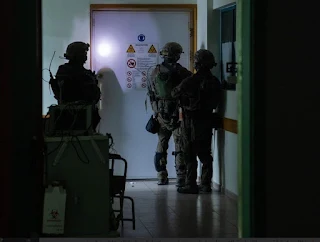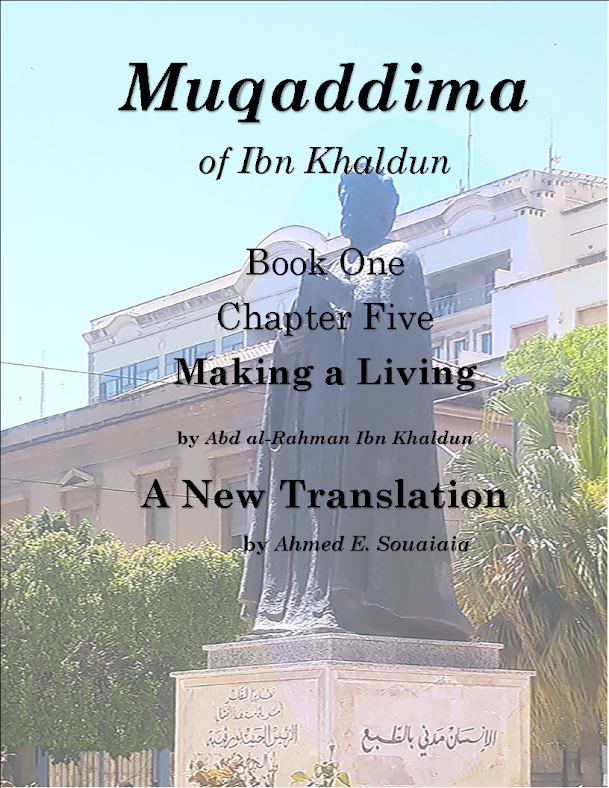
Asymmetrical urban warfare: How the war in Gaza has been fought
Guerilla warfare is not new. Asymmetrical warfare is common especially when indigenous communities resist invading state armed forces’ formations. The Algerian example often comes to mind when French occupation forces were resisted for decades by Algerian liberation groups (Mojahidin) and eventually forcing France out by the end of the first half of the 20th century.
A similar but also uniquely different struggle involved the Mujahideen groups of Afghanistan who resisted the Soviet Union forces in the 1970’s and 1980’s. That Afghanistan war was also asymmetrical war in that formal military formations of the Society Union faced off with non-state factions. However, that conflict was also a proxy-war between the two superpowers of the time, the United States and the Soviet Union.
In many ways, the US-USSR Afghanistan paradigm was reproduced in Syria during the second decade of this century with US-Russia facing off indirectly. These two proxy-wars, however, are different from the Algerian model and the current Gaza war in that the latter two did not have a superpower for a sponsor or supporter. The Algerian and Gazan resisters were mostly on their own. Because of the geopolitical circumstances and the fact that Gaza is essentially an urban area, the fighting factions in Gaza have developed and adopted unique strategies to counter the 18th most powerful military in the world.
Review of many of the videos produced and released by the armed factions in Gaza show a unique style of warfare never seen in past armed conflicts. The videos depict Man versus Tank kind-of-confrontation, where the local armed groups attack the superior war machines in zero-distance combat.
This video (streamed on Aljazeera TV), and posted on social media, shows how the war is fought in Gaza:
Tank drives on or near the tunnel without seeing it. Tank parks just meters away from the tunnel entrance. Qassam fighter opened the tunnel hatch, took the explosive device, walked over to the tank, placed device, activated it, walked back to the tunnel, then the blast.













































